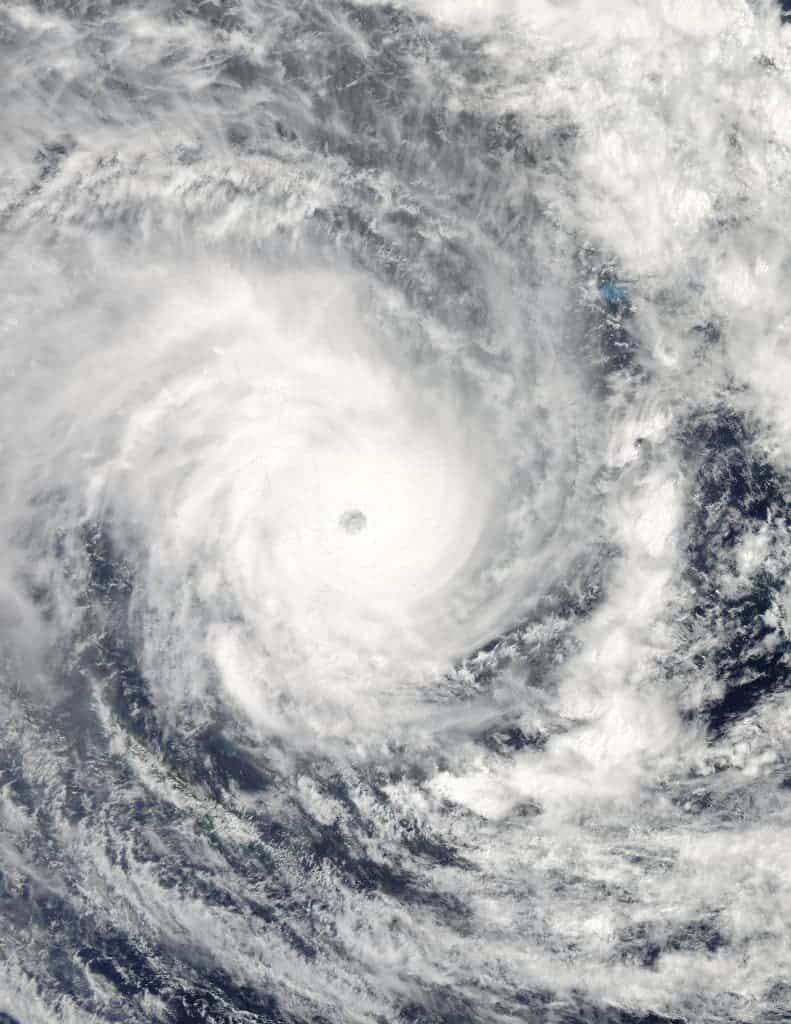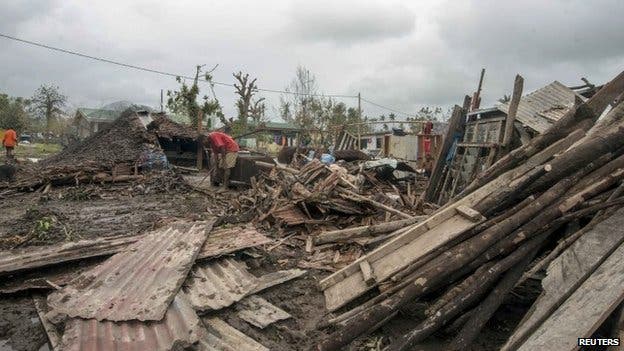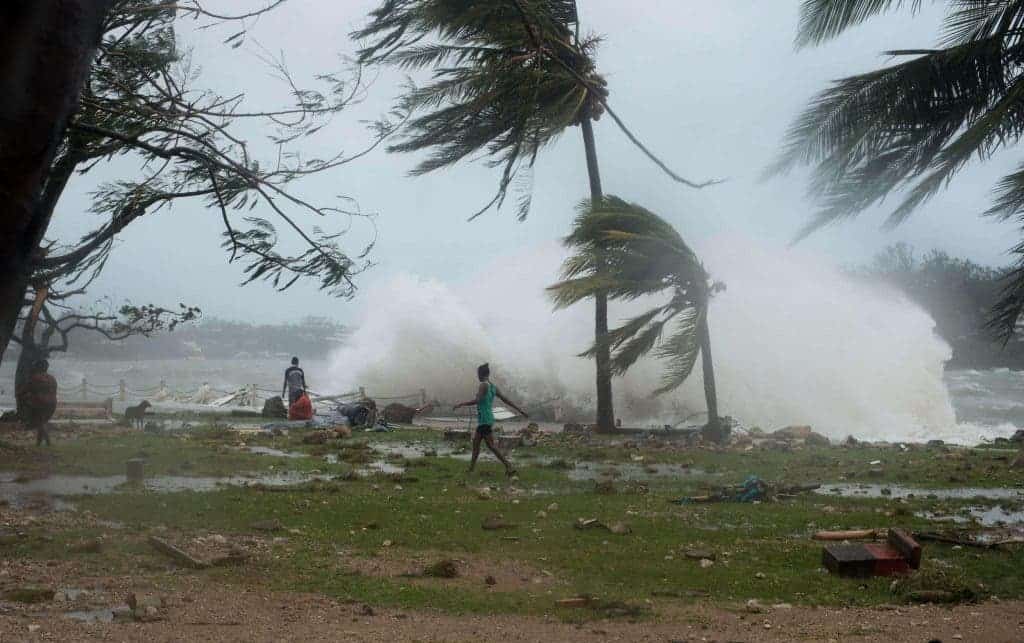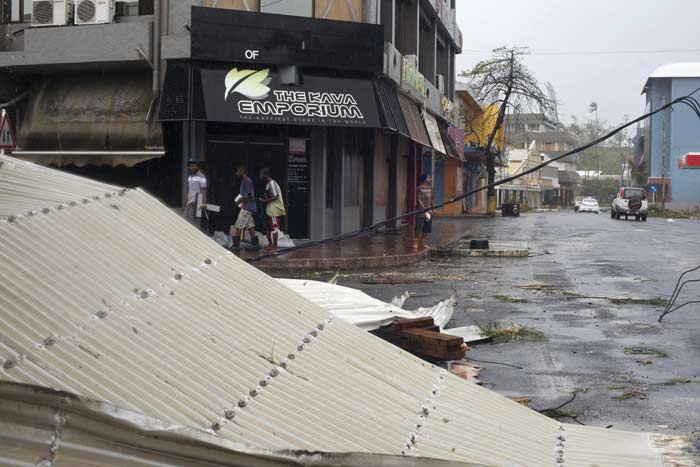The Pacific island nation of Vanuatu has lost years of development progress following the devastating effects of Cyclone Pam. Already regarded as the worst natural disaster in the history of Vanuatu, the cyclone’s damage has not yet been thoroughly estimated.
Ironically, president Baldwin Lonsdale and several members of his team were attending a disaster conference in Japan when the cyclone hit the country.
“This is a very devastating cyclone in Vanuatu. I term it as a monster, a monster. It’s a setback for the government and for the people of Vanuatu,” the president said.
Red eyed and visible affected, Lonsdale said that Pam damaged 90% of the buildings in the country’s capital, and stressed that the effects of climate change are contributing to the destruction caused by the cyclone. He also said that with communication lines being down and the airport not working, it’s impossible for now to estimate the full extent of the damage.
“There is a breakdown of communications, we cannot reach our families and we do not know whether our families are safe or not,” Lonsdale said.
Al Jazeera’s Andrew Thomas, who is reporting from Port Vila, described the capital as “badly damaged but not quite devastated” with majority of the buildings sustaining some damage or totally destroyed.
“Aid agencies have not been able to land there. So far, they have done reconnaissance flights, and anecdotally what I have been told, from the air, it does look like total destruction on those islands.”
The number of human casualties can only be guessed for now. Aid workers, mostly from Australia and New Zealand are scrambling to help and limit as much as possible the number of human casualties.
“Homes have been lost, crops are destroyed. The damage is enormous, and people need our help,” said Aurelia Balpe, head of the Red Cross in the Pacific. “Yet it will still take some time before we really understand the full extent of the damage.”
“It’s becoming increasingly clear that we are now dealing with worse than the worst-case scenario in Vanuatu,” said Helen Szoke, executive director in Australia for the aid group Oxfam. “This is likely to be one of the worst disasters ever seen in the Pacific.”
Some 60,000 children are in need of assistance in Vanuatu, UNICEF reported Sunday.
Vanuatu is an Oceanic Island located in the South Pacific Ocean. The archipelago, which is of volcanic origin, is some 1,750 kilometres (1,090 mi) east of northern Australia and is currently inhabited by some 250,000 people. It cannot be said for now (and probably this won’t be settled anytime soon) if global warming did contribute to this disaster, but this is once again a reminder of the risks small islands are subjected to when it comes to extreme weather events and rising sea levels.













